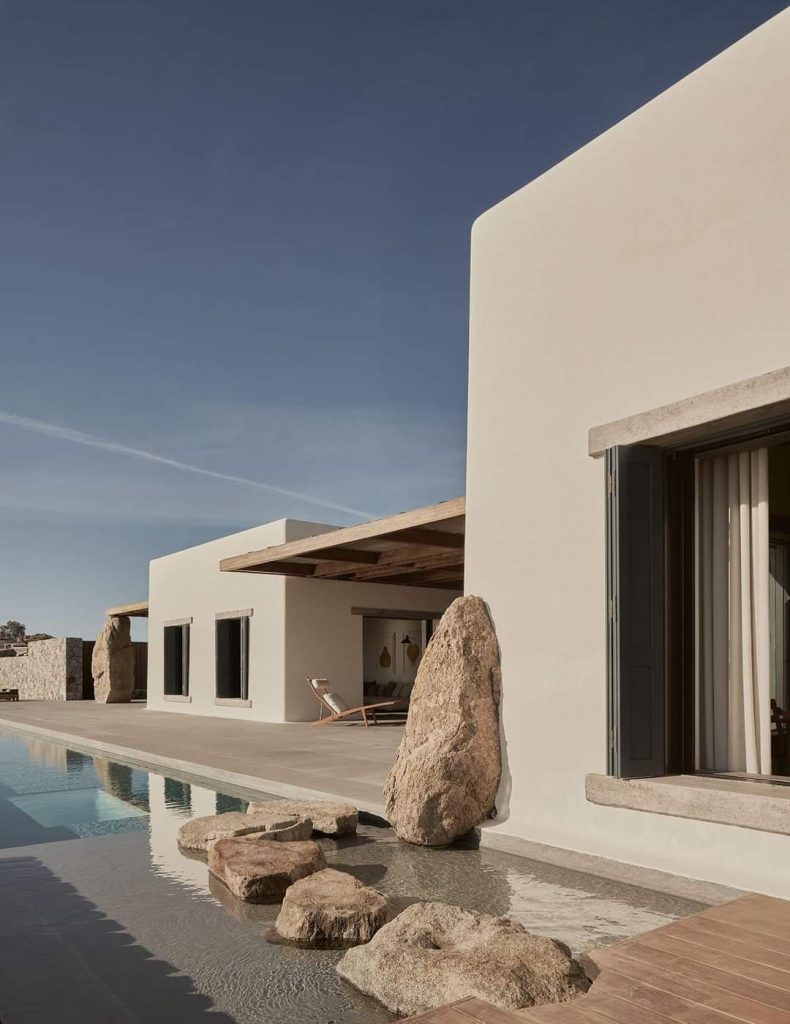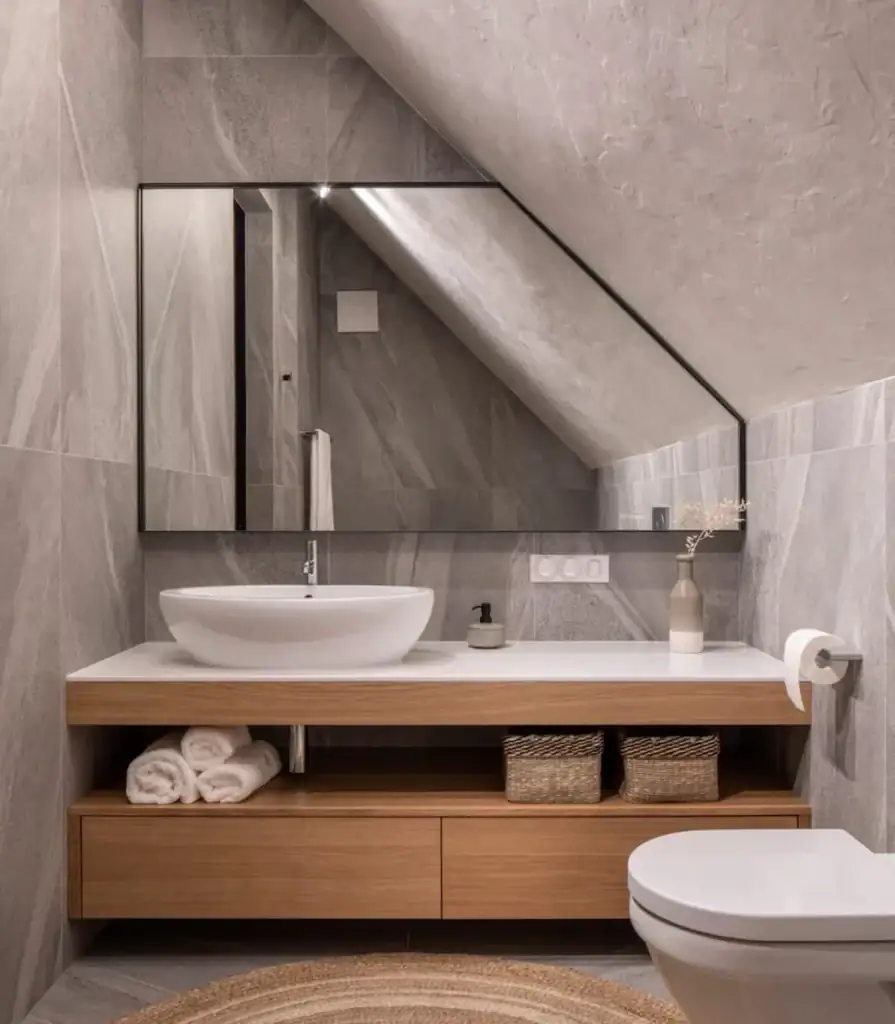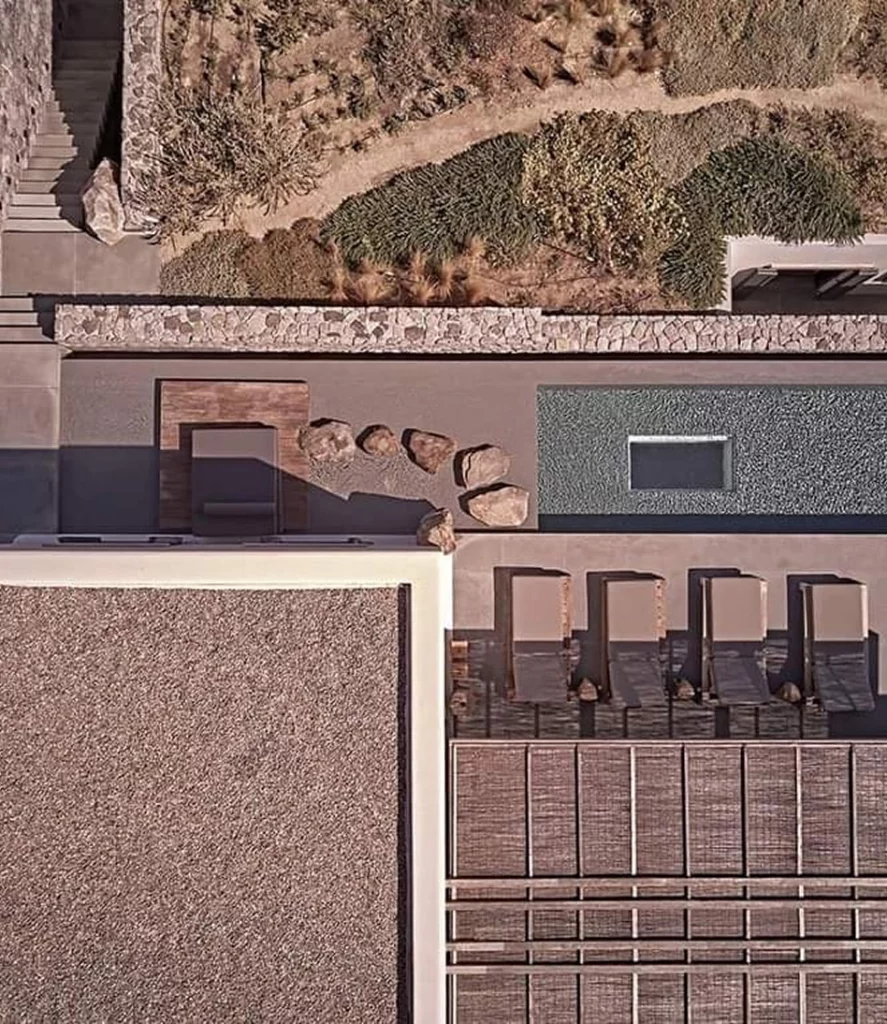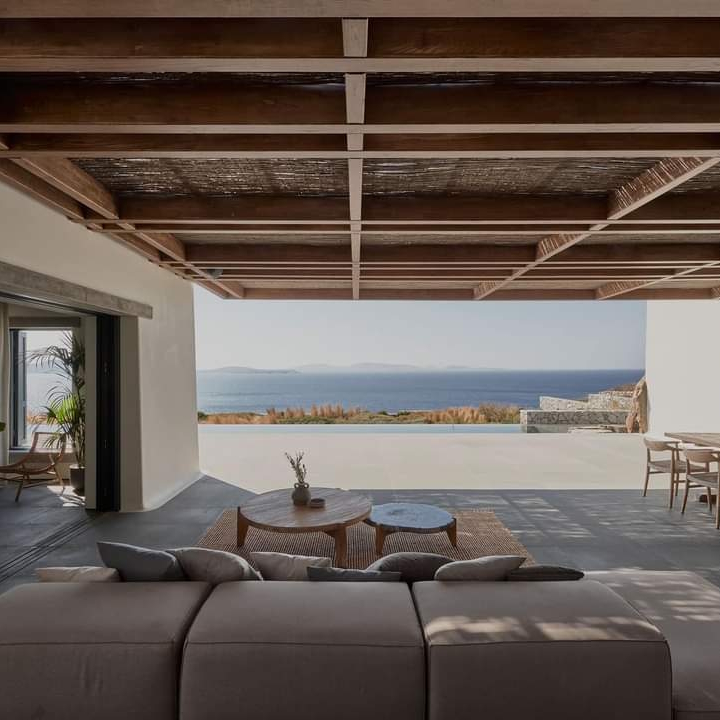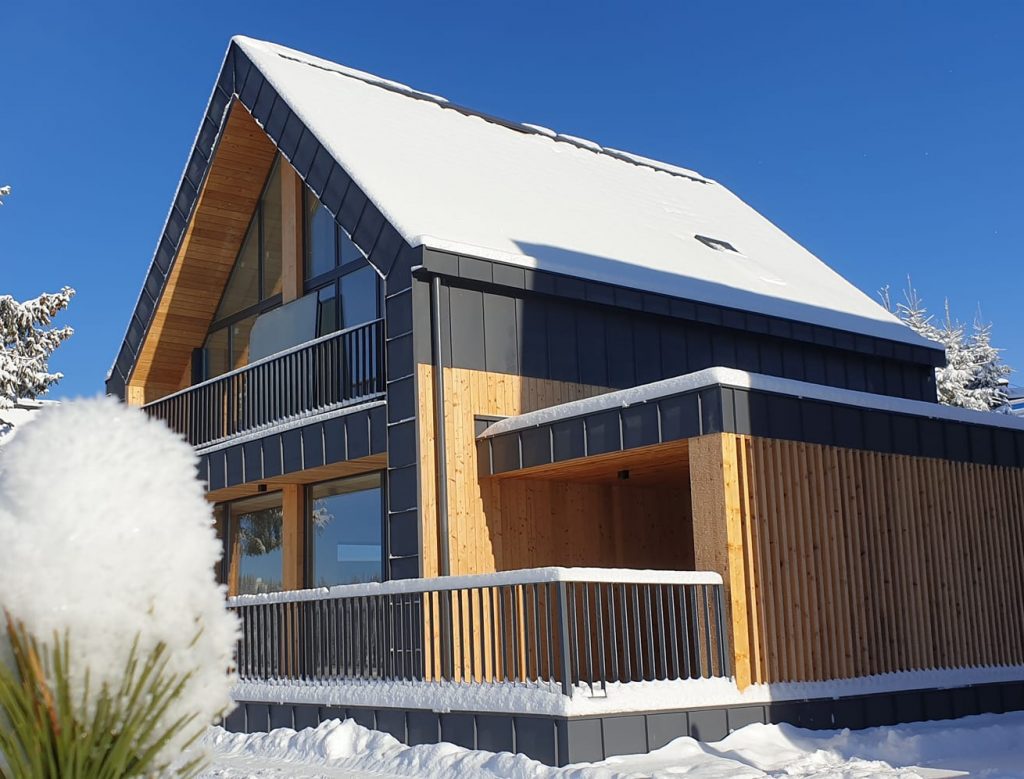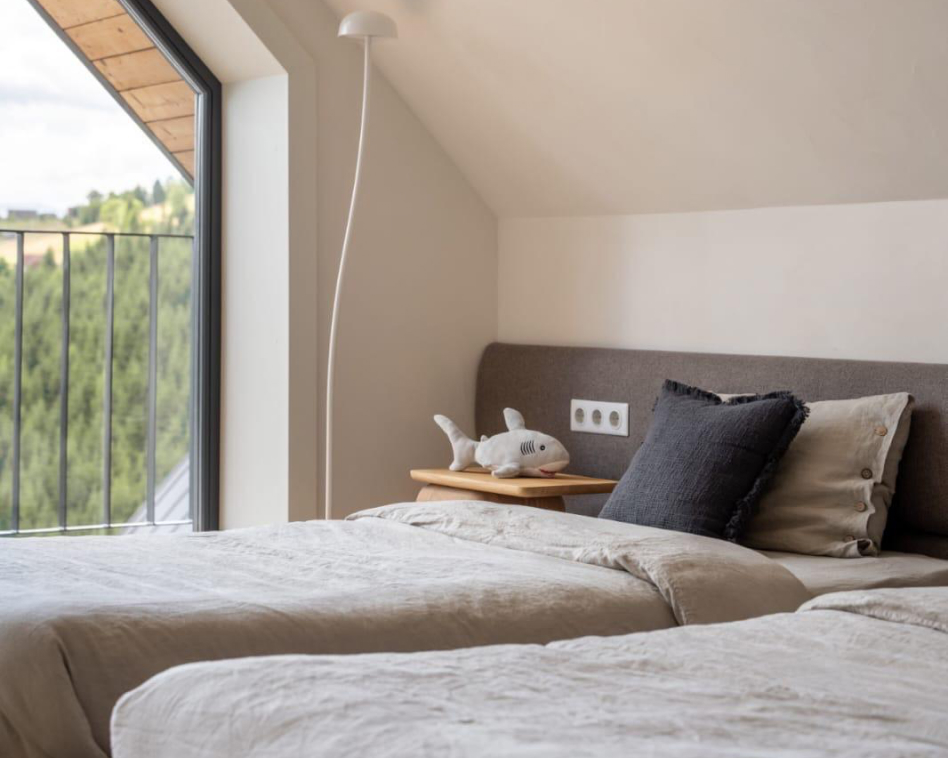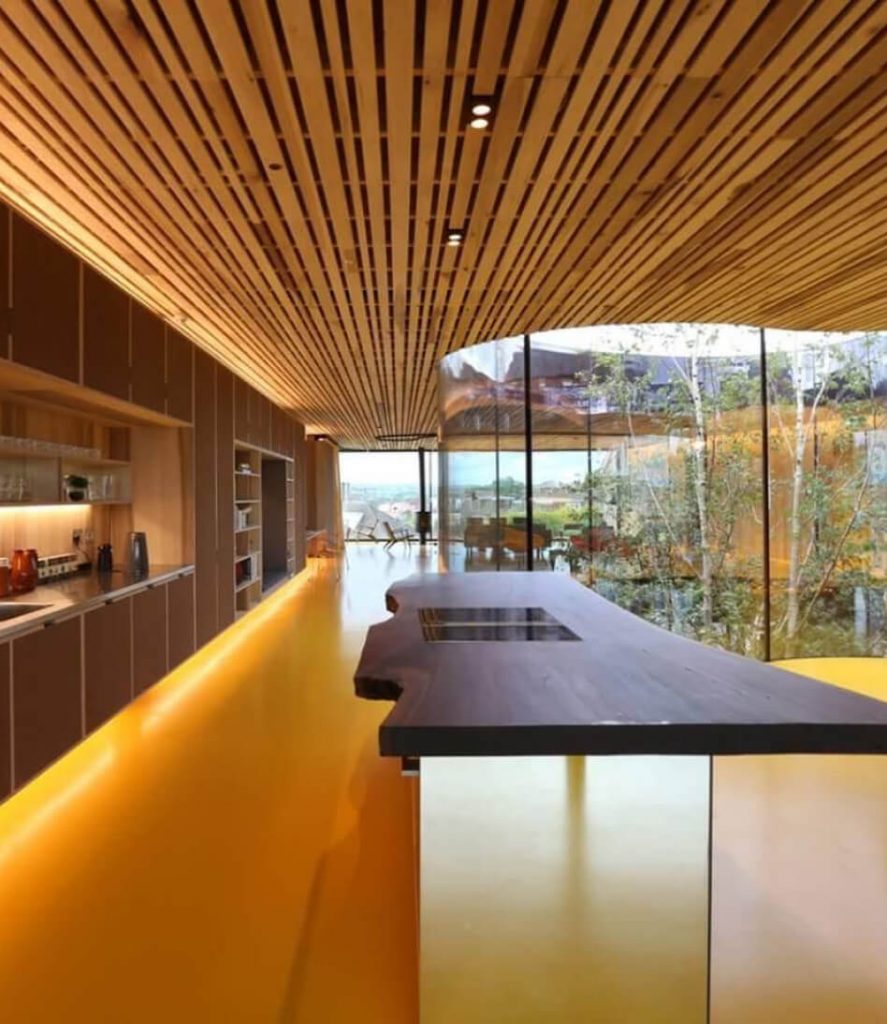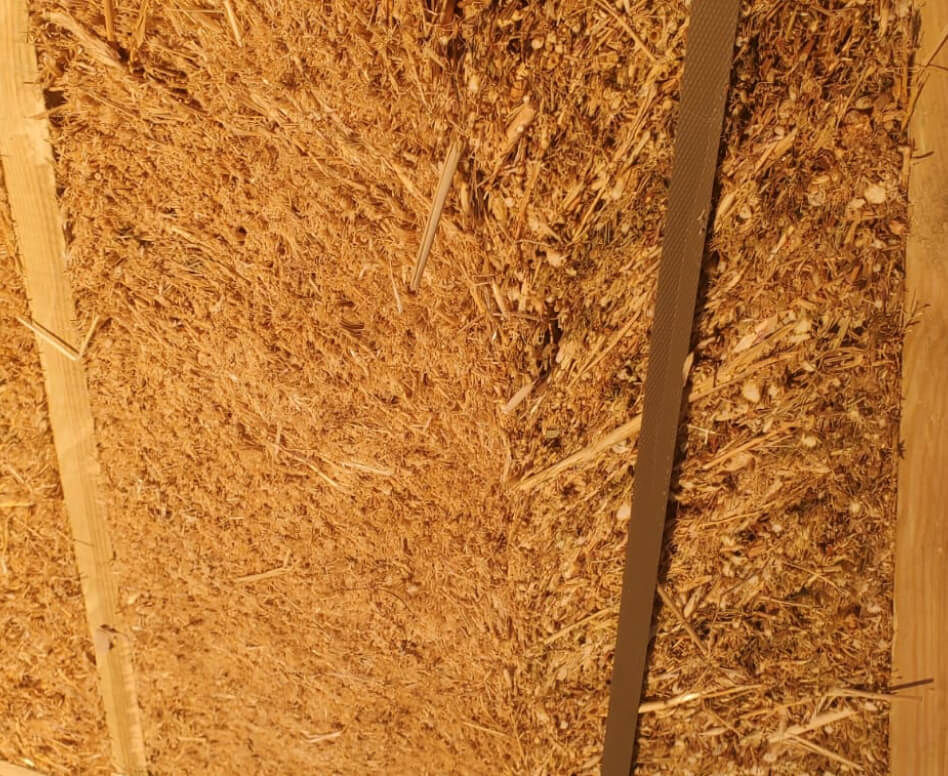Straw
Environmentally friendly
and
long terms material
Straw has a huge number
of advantages
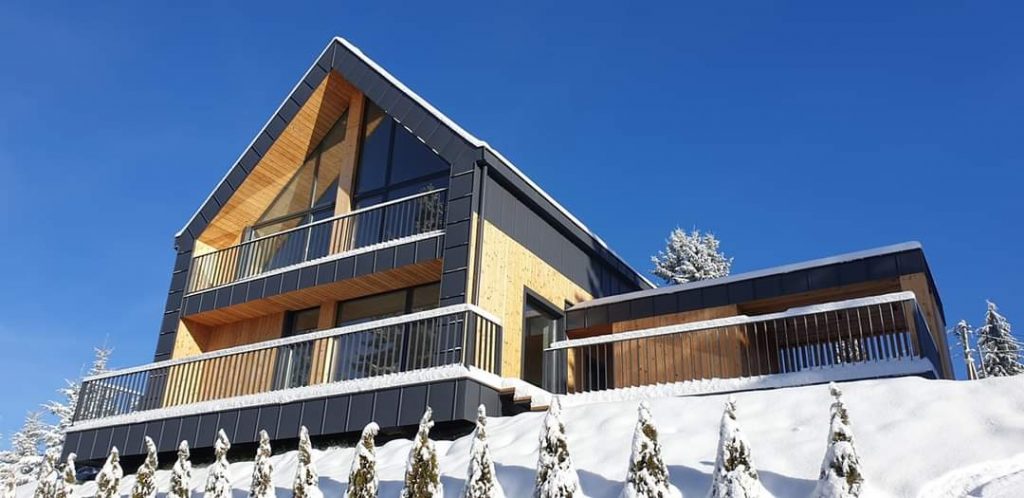
benefits of straw
benefits of eco-panels
Unlimited creativity
Unlimited creativity
Straw-insulated eco-panels offer exceptional flexibility for bringing creative ideas to life. They allow for unique architectural designs, custom layouts, and even built-in furniture solutions.
There are no limits to expressing your individuality!
Today, this technology is rapidly expanding in the markets of the USA, Australia, New Zealand, and Europe.
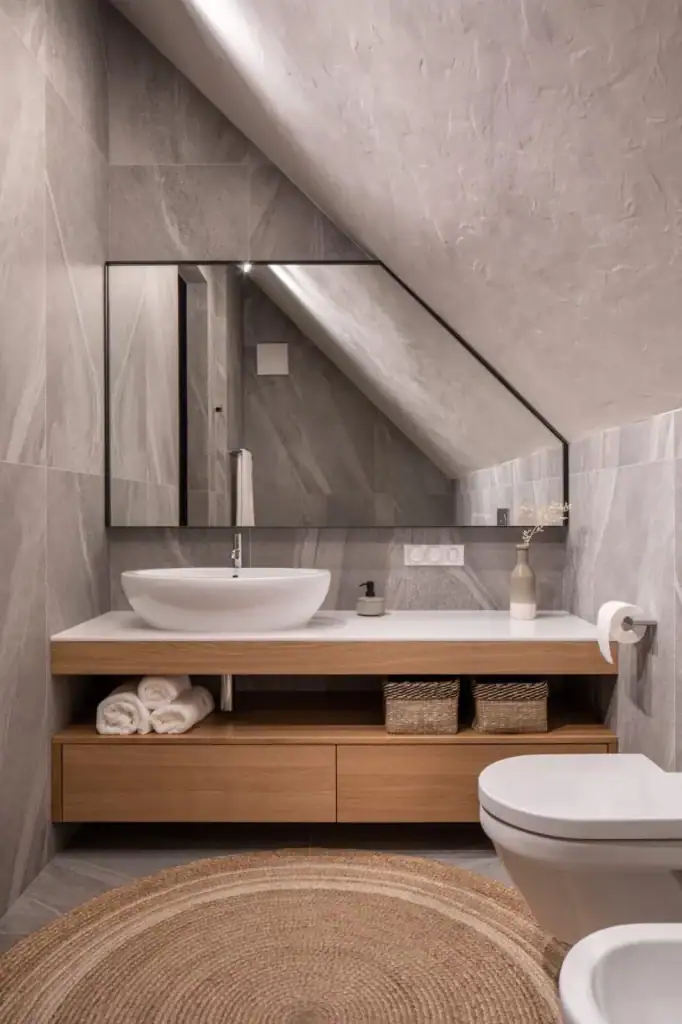
benefits of straw
benefits of eco-panels
No mold
No mold
One of the key advantages of straw-insulated panels is their natural ventilation, which requires no additional energy costs. Thanks to the breathable properties of straw, these panels help regulate indoor humidity levels, creating a comfortable and healthy living environment.
Unlike conventional insulation materials, straw allows for continuous air circulation, which prevents mold and mildew growth. This makes straw panels an excellent choice for those seeking an eco-friendly, energy-efficient, and long-lasting building solution.
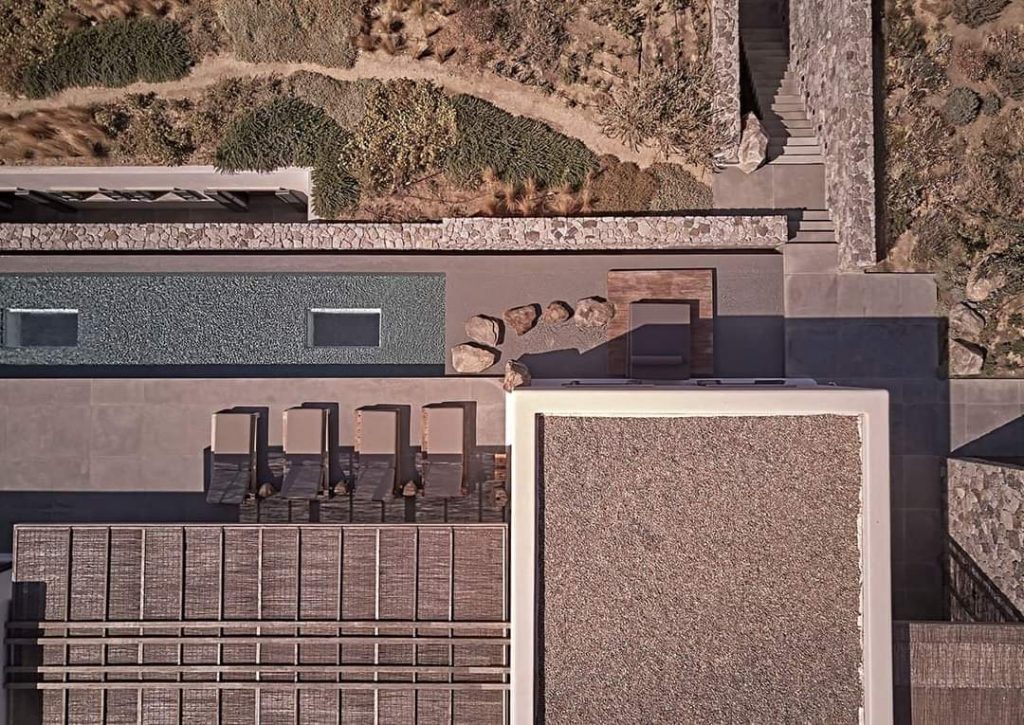
benefits of straw
benefits of eco-panels
Resistance to environmental factors
Resistance to environmental factors
Houses built with straw-insulated panels are highly resistant to natural forces, making them a reliable choice in regions prone to hurricanes, earthquakes, and extreme weather. Their flexible yet durable structure distributes stress evenly, reducing damage risks.
Storm and Earthquake Resilience
Straw panel homes withstand strong winds due to their dense and compact construction, preventing collapse under pressure. Their lightweight yet flexible materials also absorb seismic energy, minimizing earthquake damage.
Climate Adaptability
With natural humidity regulation, straw panels prevent moisture buildup and mold, making them suitable for both humid and arid climates.
Combining modern engineering with sustainable materials, these homes offer eco-friendly and disaster-resistant housing.
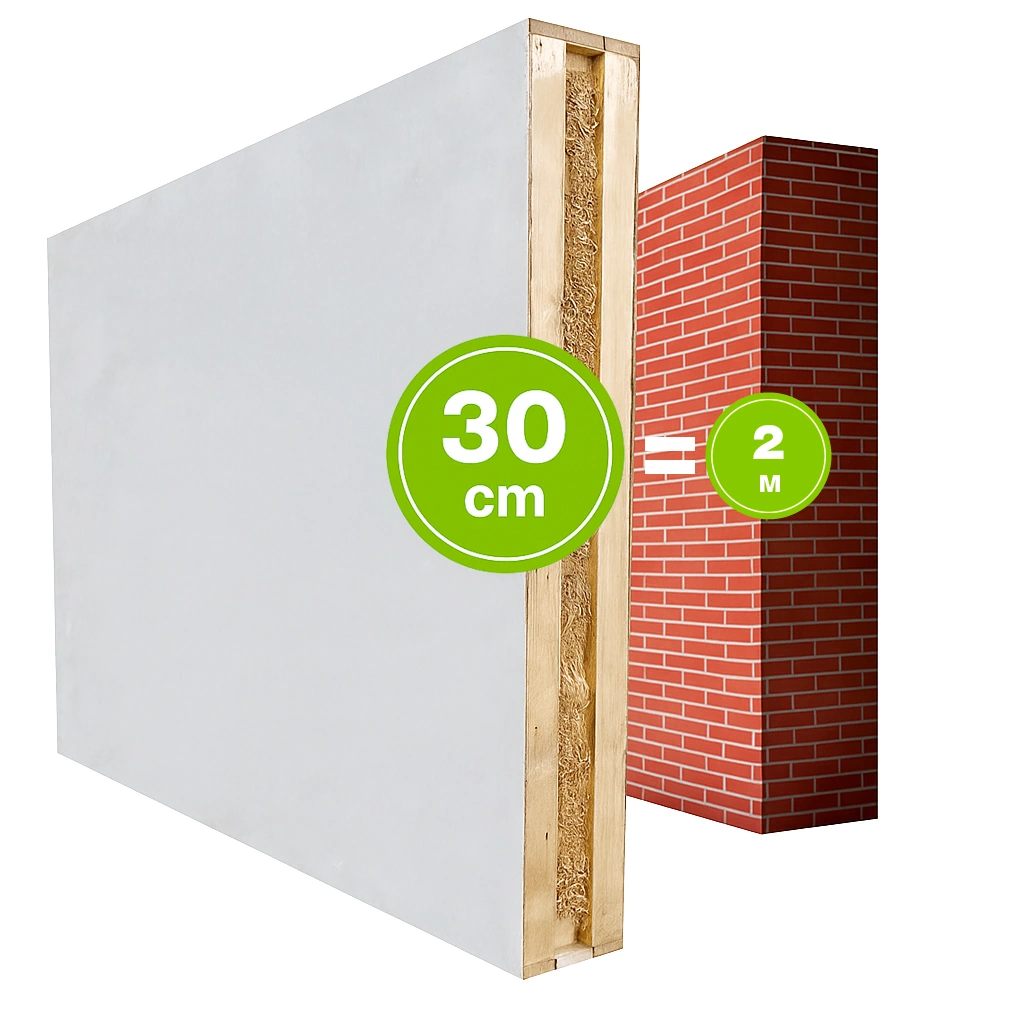
benefits of straw
benefits of eco-panels
Thermal insulation
Thermal insulation
The thermal insulation properties of the panel are better than those of wooden or brick walls. Thus, the thermal conductivity of straw is 7 times lower than that of brick, and 4 times lower than that of wood.
For example, a bale of straw that is only 30 cm thick is comparable to a 2 meter brick wall.
Accordingly, this means lower heating and cooling costs, including equipment costs. In winter, such a house is warm, and in hot weather it is always cooler than outside.
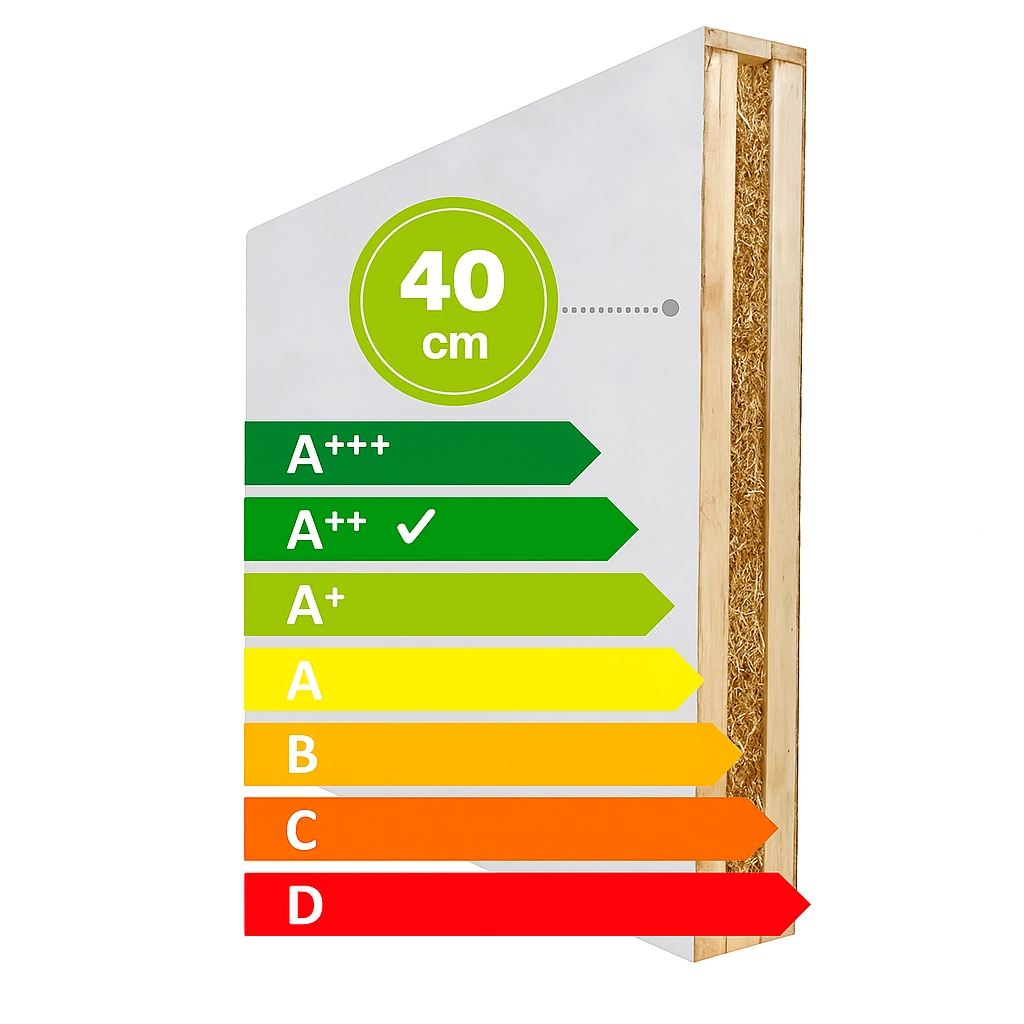
benefits of straw
benefits of eco-panels
Low operating costs
Low operating costs
A house whose walls are built using our panels requires at least half the energy for the heating season, due to the fact that straw and reeds are a better heat insulator than wood or aerated concrete.
In summer, maintaining the indoor microclimate (temperature balance) requires much less energy consumption for ventilation and air conditioning compared to traditional design solutions made from aerated concrete blocks.
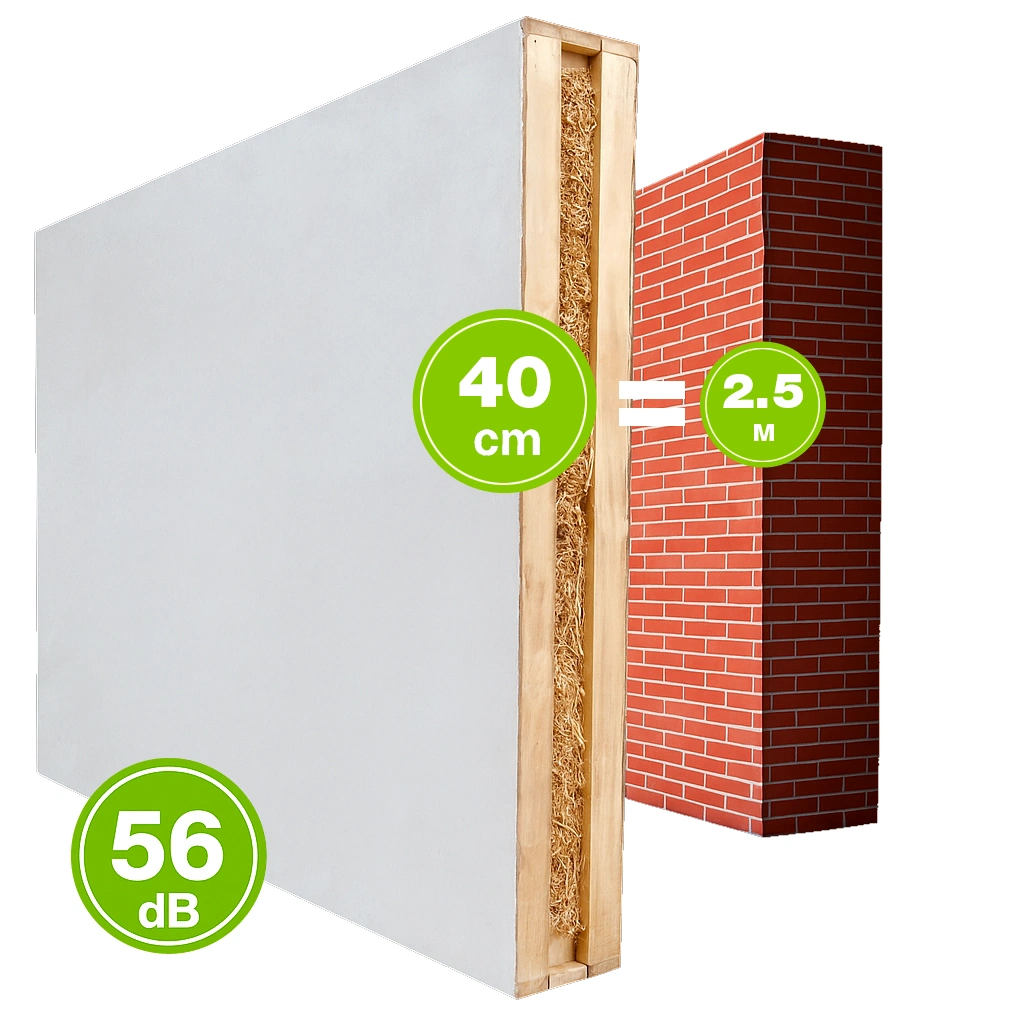
benefits of straw
benefits of eco-panels
Soundproof
Soundproof
The soundproofing properties of the panel are very high. Straw and reeds have a tubular structure, and the presence of air in them gives it very good noise and heat insulation properties. This also means that there is no need for additional soundproofing materials. Reed and straw eco-panels with a thickness of 40 cm effectively absorb sound and provide sound insulation up to 56 dB, which is equivalent to a 2.5-meter brick wall.
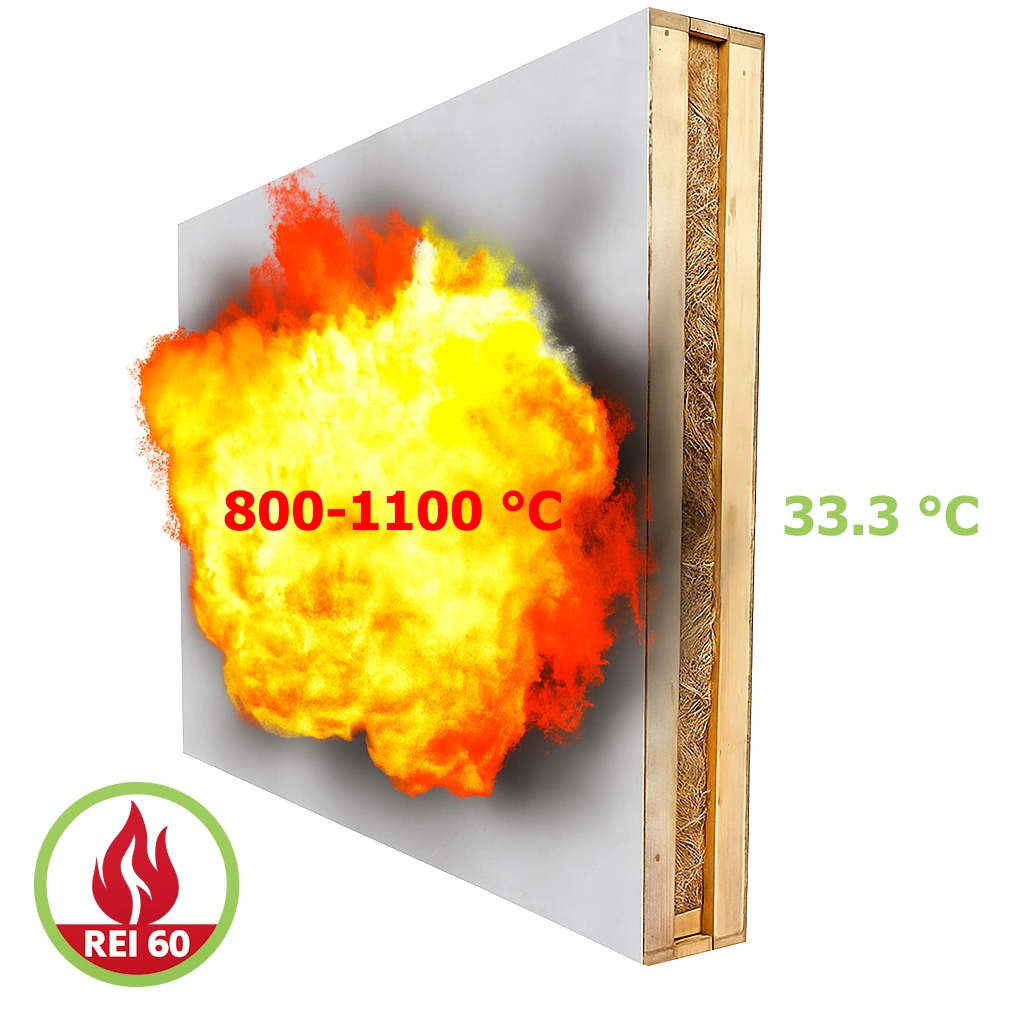
benefits of straw
benefits of eco-panels
Fire resistance
Fire resistance
In terms of fire safety, thatched houses are superior to wooden ones due to the peculiarities of pressing bales, as well as high-quality plaster.
In 1993, tests were carried out on a straw wall covered with clay plaster according to the ASTM E-119 — Fire Safety system, which lasted 2 hours. In this test, a direct fire is directed onto a wall using a gas torch, a temperature of about 1100 degrees Celsius is reached, and the temperature on the other side of the wall is continuously measured. As a result of the test, it was found that such a wall does not ignite and that the temperature on the other side of the wall at its maximum reached a level of 33.3 degrees Celsius.
Such housing belongs to class 4-5 in terms of fire resistance. Properly built houses belong to the maximum fire resistance class F119 (USA) and F-90 (Germany).
Unlike walls made of mineral wool and OSB panels, walls made of wood, straw blocks and clay do not emit toxic substances during a fire, which are the cause of most deaths.
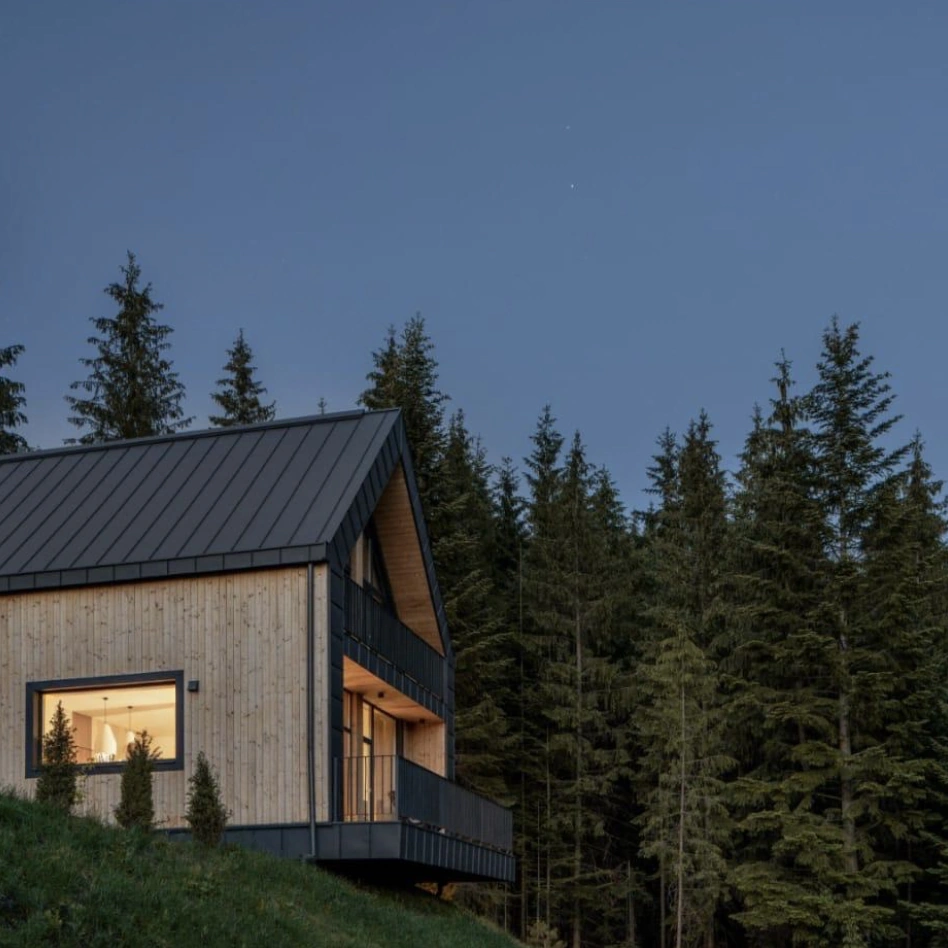
Durability
The service life of a straw bale building is at least 120 years, which has been proven in practice by the experience of the American and Canadian markets. Microorganisms and insects do not live in dry straw, reeds and closed trees. And due to the increased silica content (2-3 times more than in wood), the panel is an even more resistant material.
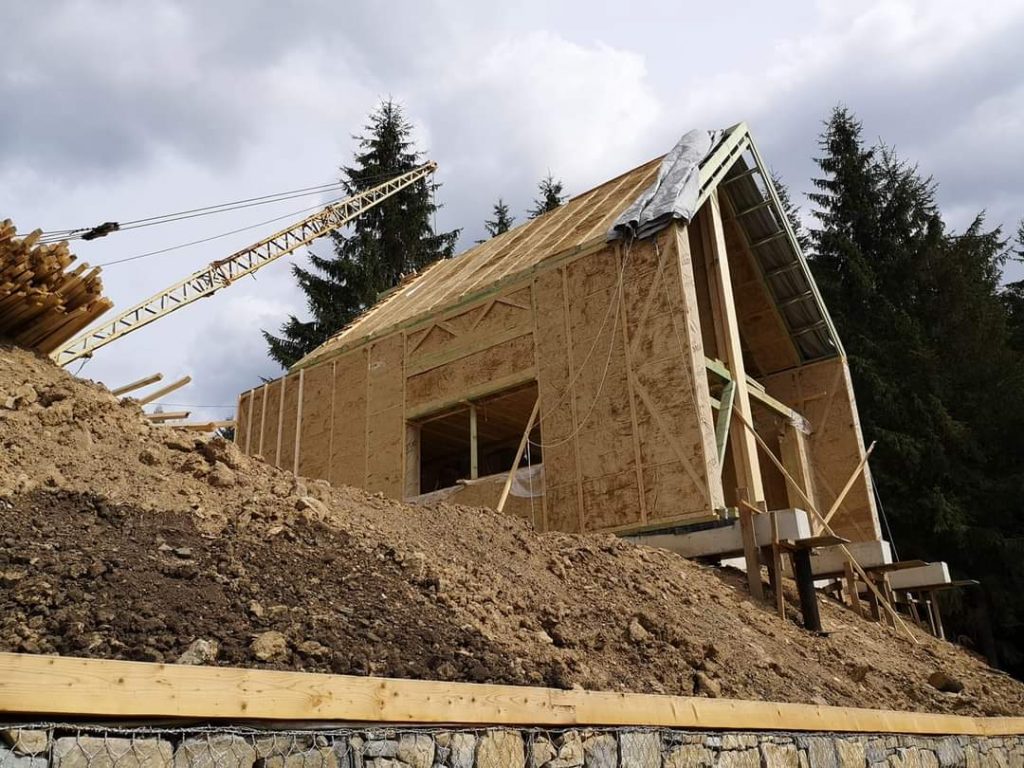
benefits of straw
benefits of eco-panels
Durability and Longevity
Durability
Straw bale buildings offer outstanding durability, exceeding many conventional construction materials. When properly constructed and maintained, these eco-friendly homes have a proven lifespan of over 120 years, as demonstrated by real-world examples in North America and Europe.
The natural properties of straw, reeds, and closed timber structures contribute to their longevity. Dry straw and reeds do not provide a favorable environment for microorganisms, mold, or insects. Thanks to the high silica content — which is 2 to 3 times higher than in wood — the panels are naturally resistant to decay, rot, and pest infestation.
Additionally, straw bale walls are highly stable, providing excellent structural integrity while maintaining their insulating properties over decades. Unlike many modern materials, they do not degrade under normal environmental conditions and require minimal maintenance.
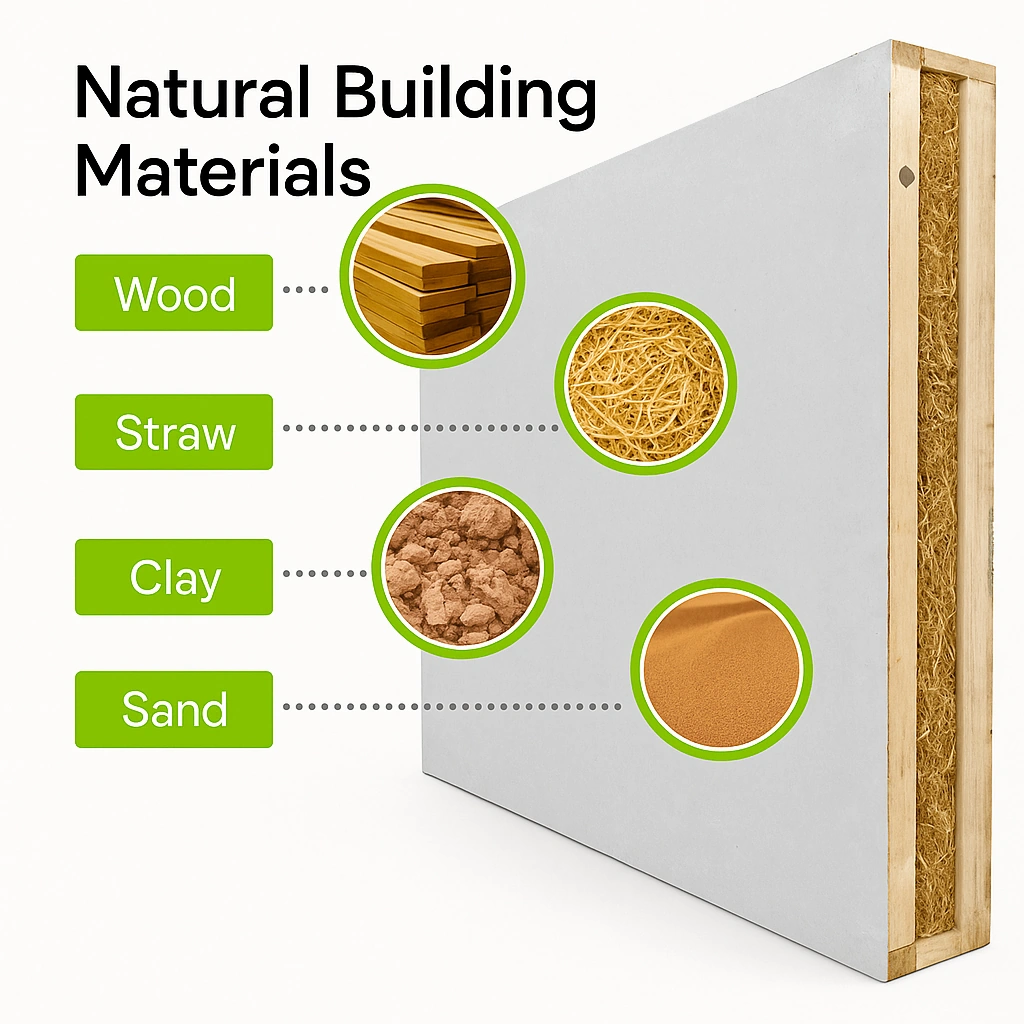
benefits of straw
benefits of eco-panels
Eco material
Eco material
Homes built with straw panel technology fully comply with modern European Union construction standards and often surpass conventional houses in terms of comfort and indoor air quality.
The air inside these homes remains fresh and clean due to the exclusive use of environmentally friendly and natural building materials. The unique microclimate allows for easy breathing and a healthy living environment for extended periods of time. The breathable walls do not emit harmful substances such as phenols or formaldehydes. Instead, they allow for continuous air exchange, maintaining optimal humidity and improving overall air quality.
Materials like wood, clay, reeds, and straw create a healthy indoor environment that actively supports human well-being. Thanks to the straw insulation and clay plaster, the house naturally regulates moisture levels and purifies the indoor air, ensuring a stable and comfortable microclimate year-round.
Such natural homes are ideal for all family members, but especially beneficial for children, people with respiratory conditions such as asthma, and individuals sensitive to environmental pollutants and allergens.
